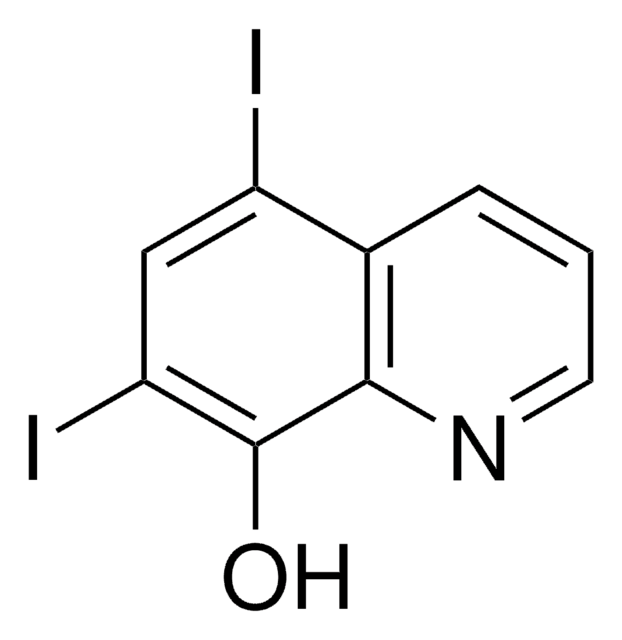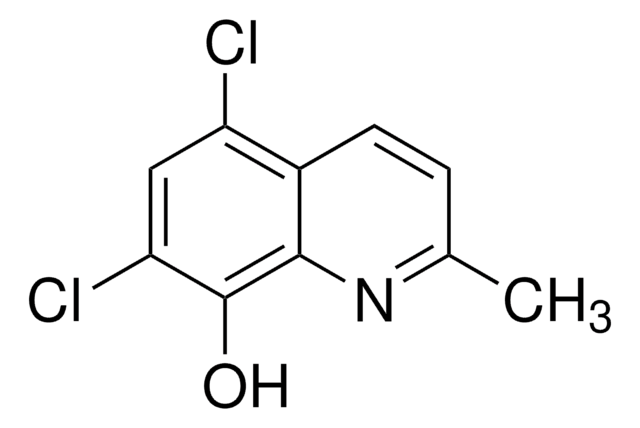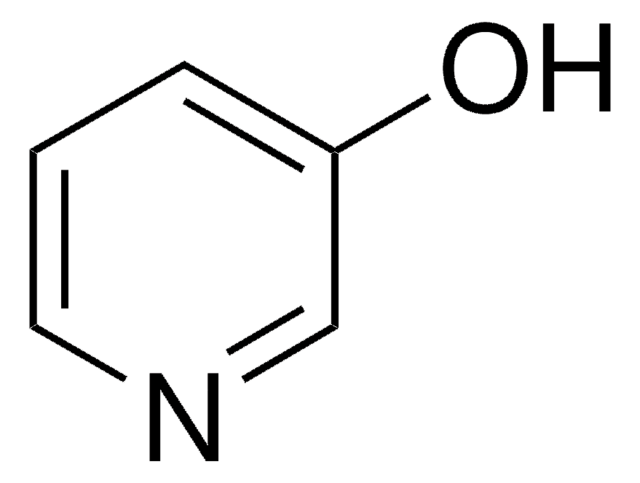147494
2-Ethoxybenzoic acid
98%
Synonyme(s) :
O-Ethylsalicylic acid
Sélectionner une taille de conditionnement
58,40 €
Sélectionner une taille de conditionnement
About This Item
58,40 €
Produits recommandés
Essai
98%
Forme
solid
Indice de réfraction
n20/D 1.54 (lit.)
pb
174-176 °C/15 mmHg (lit.)
Pf
19.3-19.5 °C (lit.)
Solubilité
95% ethanol: soluble 5%, clear, colorless to yellow
Densité
1.105 g/mL at 25 °C (lit.)
Groupe fonctionnel
carboxylic acid
Chaîne SMILES
CCOc1ccccc1C(O)=O
InChI
1S/C9H10O3/c1-2-12-8-6-4-3-5-7(8)9(10)11/h3-6H,2H2,1H3,(H,10,11)
Clé InChI
XDZMPRGFOOFSBL-UHFFFAOYSA-N
Vous recherchez des produits similaires ? Visite Guide de comparaison des produits
Catégories apparentées
Description générale
Application
Mention d'avertissement
Warning
Mentions de danger
Conseils de prudence
Classification des risques
Acute Tox. 4 Oral - Eye Irrit. 2
Code de la classe de stockage
10 - Combustible liquids
Classe de danger pour l'eau (WGK)
WGK 3
Point d'éclair (°F)
209.5 °F - closed cup
Point d'éclair (°C)
98.6 °C - closed cup
Équipement de protection individuelle
Eyeshields, Gloves, type N95 (US)
Faites votre choix parmi les versions les plus récentes :
Déjà en possession de ce produit ?
Retrouvez la documentation relative aux produits que vous avez récemment achetés dans la Bibliothèque de documents.
Active Filters
Notre équipe de scientifiques dispose d'une expérience dans tous les secteurs de la recherche, notamment en sciences de la vie, science des matériaux, synthèse chimique, chromatographie, analyse et dans de nombreux autres domaines..
Contacter notre Service technique









